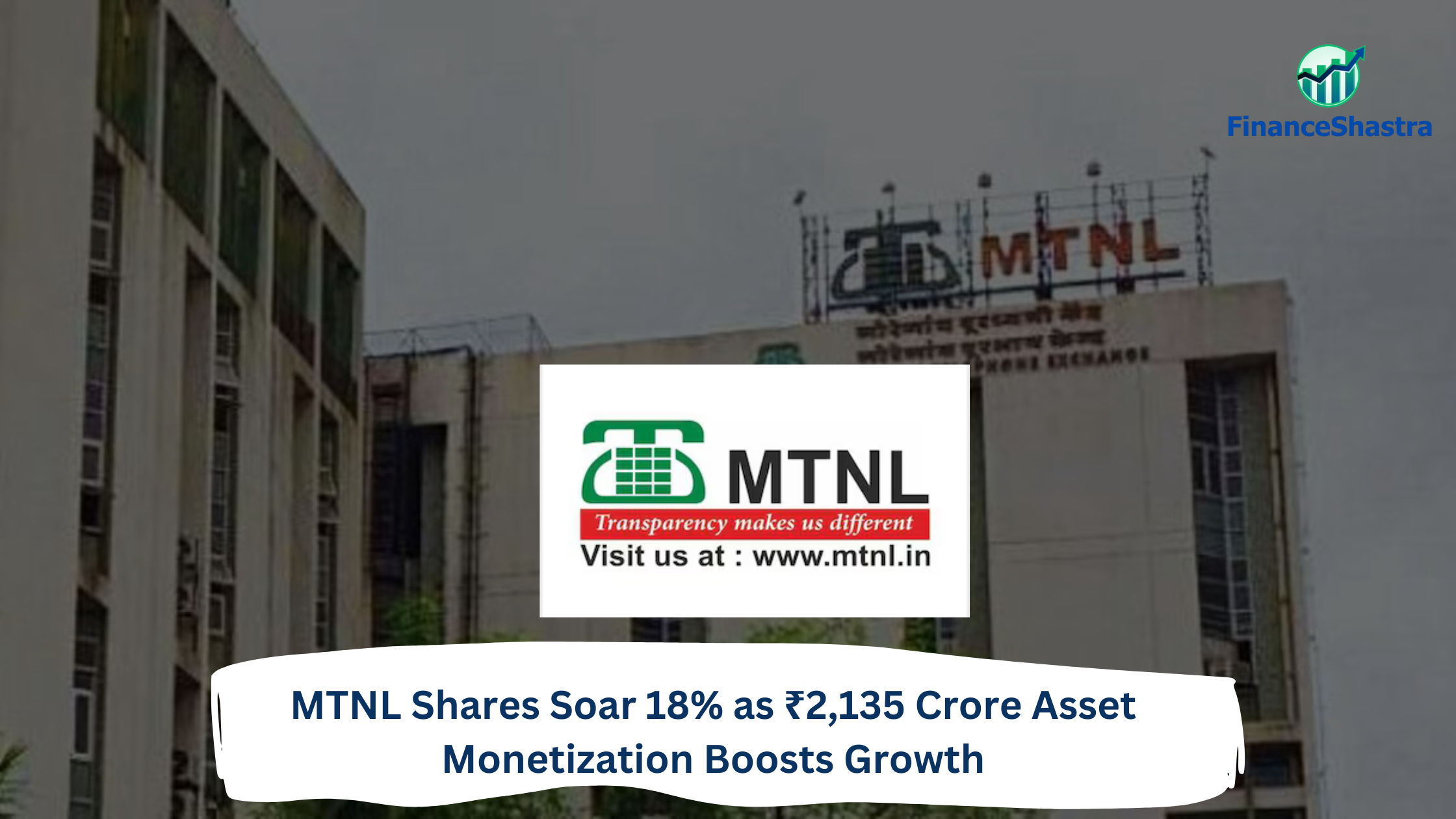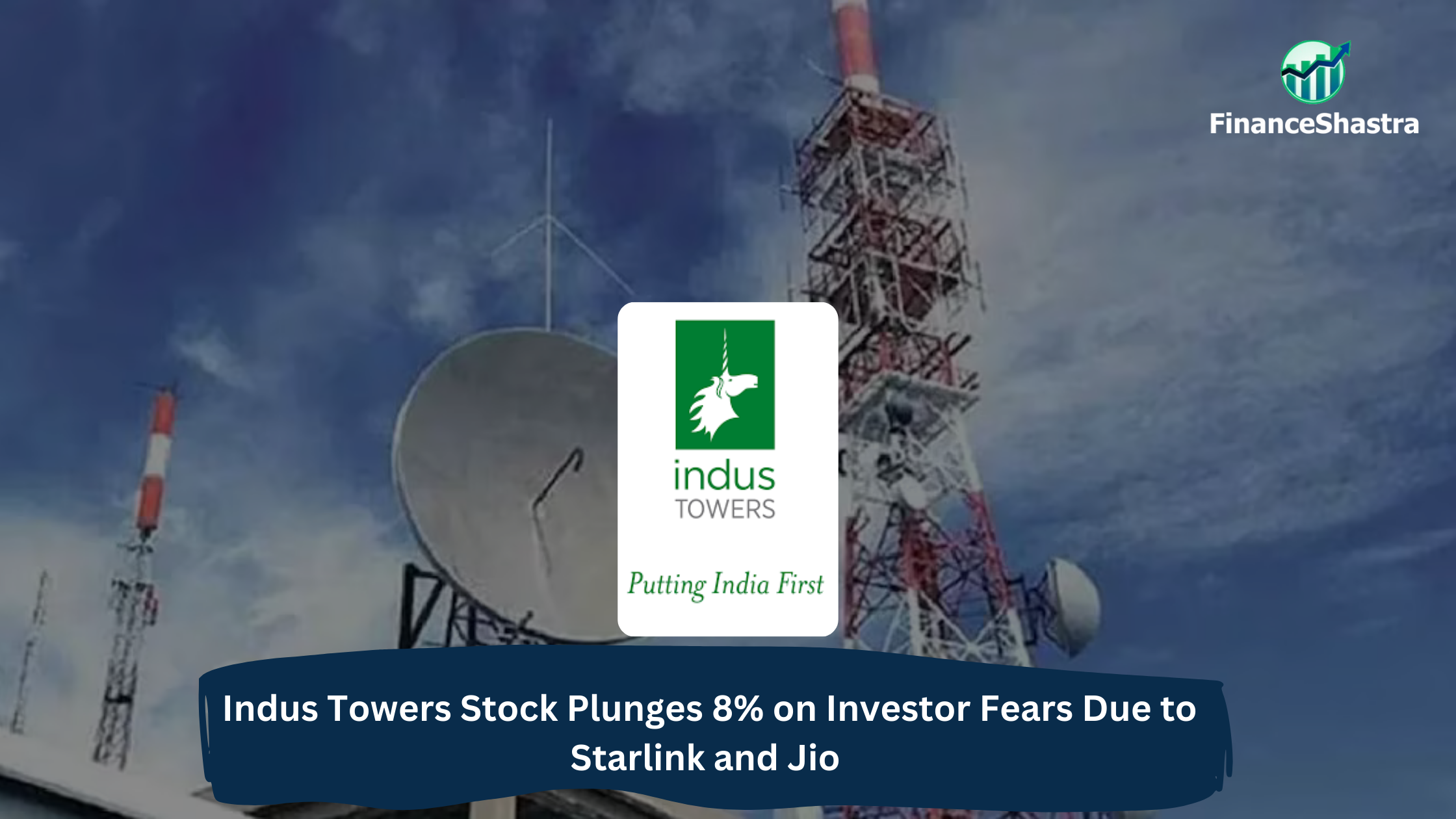L&T’s Subrahmanyan Concerns Over Declining Labor Migration in the Industry
Business and Industry Overview:
Larsen & Toubro Infotech Ltd offers an extensive range of IT services like application development, maintenance and outsourcing, enterprise solutions, infrastructure management services, testing, digital solutions, and platform-based solutions to clients in diverse industries. It was a company that helped businesses with computers and technology. It started in 1996 and was part of a big Indian company called Larsen & Toubro (L&T). LTI helped banks, hospitals, factories, and insurance companies. It helped them store data safely. It used smart computers (AI) to solve problems. It kept information safe from hackers. It used machines to make work faster. It also helped businesses with cloud storage, websites, and mobile apps.
LTI had offices in India, the US, Canada, Europe, and the Middle East. It worked with big companies in 30+ countries. Many Fortune 500 companies trusted LTI. It helped businesses move their work online. It kept their data safe. It helped them build better apps and websites. It made good money by helping businesses with technology. It grew fast because more businesses needed digital solutions.
In 2022, LTI joined with another company called Mindtree. Together, they became LTIMindtree. This made them bigger and stronger. They could now help more businesses. Today, LTIMindtree is one of the biggest IT companies in India. It competes with TCS, Infosys, and Wipro. It keeps growing every year. It helps more businesses by using new technology.
India’s IT industry is growing fast and becoming a global leader. In 2022, India improved its rank to 40th in the Global Innovation Index. The IT sector earned US$ 227 billion in 2022 and is expected to reach US$ 350 billion by 2026. This growth is driven by a strong demand for technology services and products. The Indian government is investing in areas like AI, cybersecurity, and cloud computing. These investments help the industry expand and innovate.
In 2023, the IT sector created 2.9 lakh new jobs. Big companies like TCS, Wipro, and Infosys are hiring many people. The demand for tech workers continues to rise. By 2026, cloud services alone could create 14 million jobs in India. Many global companies are choosing India for outsourcing IT work because of its skilled workers and low data costs.
India is becoming a hub for IT services. The country’s focus on innovation, its growing talent pool, and government support are key reasons for its success. As the IT industry keeps growing, more jobs and opportunities will open up for workers and companies alike.
Latest Stock News:
Shares of LTI MindTree went down by 4%, reaching their lowest price in a year, ₹4,466, on Wednesday. In just one month, the stock has dropped by 22%. Experts think this happened because the company was unsure about its new CEO, and there were problems with how much money it made. Venugopal Lambu became the new CEO in January 2025, replacing Debashis Chatterjee. The company’s profit went down 7.1% in the last three months of 2024, but its sales grew by 7.1%. LTI MindTree also wants its senior workers, like project leads and managers, to take a test on coding and math. This test will help decide how much they will get paid. The company has a plan called “My Career My Growth,” which helps workers grow in their jobs. The company also had to delay giving salary hikes in 2022, and that hurt its profits. The Indian IT industry is expected to grow by 6%-7% in 2025, but many companies are cutting back on spending. Generative AI could help save money but might also cause companies to make less money, so they need to find new ways to grow.
Potentials:
LTI MindTree’s new CEO, Venugopal Lambu, has a plan to help the company grow. He wants to build stronger relationships with clients and make the company more focused on AI technology. Lambu is also creating a five-year plan to guide the company’s future. He has already met many clients to understand their needs better. Lambu doesn’t plan to make big changes, but he wants to improve how the company works. He is also focusing on using AI to help the company and its clients become more productive. Lambu believes the market is changing quickly, and the company needs to adapt to meet client expectations. While he is hopeful about the future, he knows there are still challenges to face.
Analyst Insights:
- Market capitalisation: ₹ 1,32,352 Cr.
- Current Price: ₹ 4,467
- 52-Week High/Low: ₹ 6,768 / 4,437
- Stock P/E: 29.0
- Dividend Yield: 1.46 %
- Return on Capital Employed (ROCE): 31.2 %
- Return on Equity: 25.0 %
LTIMindtree Ltd has shown strong financial growth, with profits growing by nearly 25% every year for the past five years. The company has a good return on equity (ROE) of 25% and a return on capital employed (ROCE) of 31%. It also has a market value of ₹1.32 lakh crores and pays a decent dividend yield of 1.46%. Even though the stock price has dropped 14% in the past year and promoter holding has gone down by 5.5%, the merger with Mindtree could help the company grow even more. The stock price is reasonably priced compared to its competitors. Based on the company’s strong financials and growth potential, the stock seems like a good investment in the long term. So, it is a Buy recommendation, but investors should be careful in the short term because of the recent price drops.










